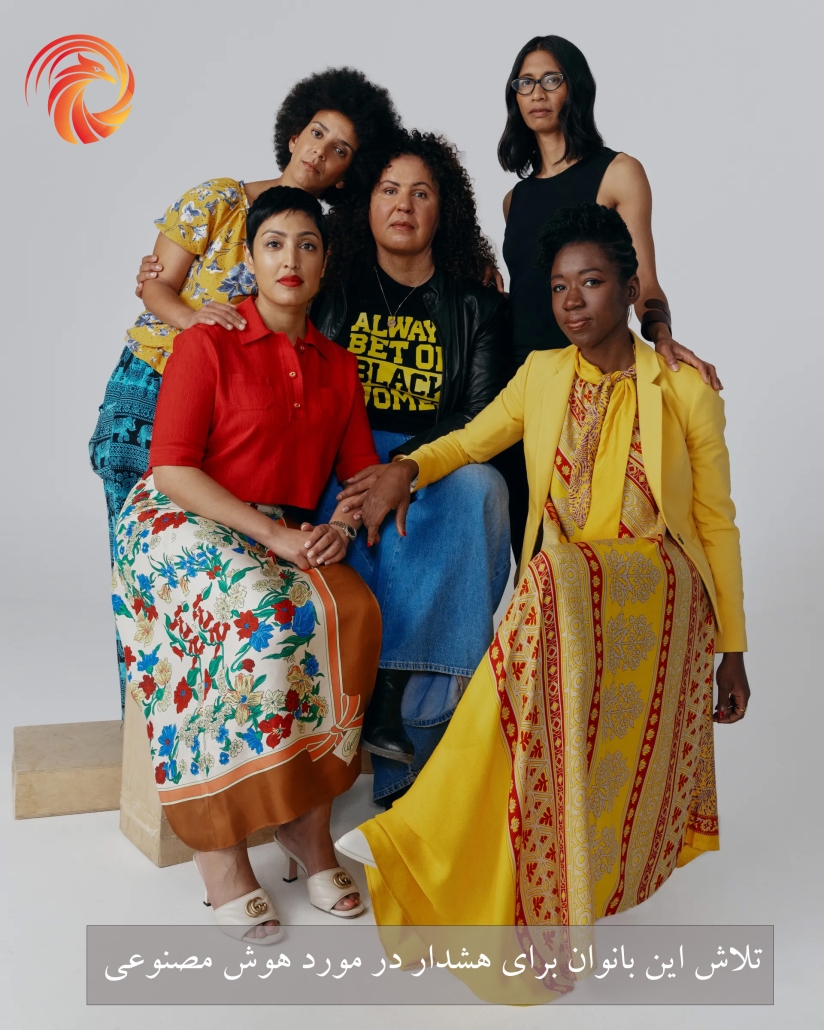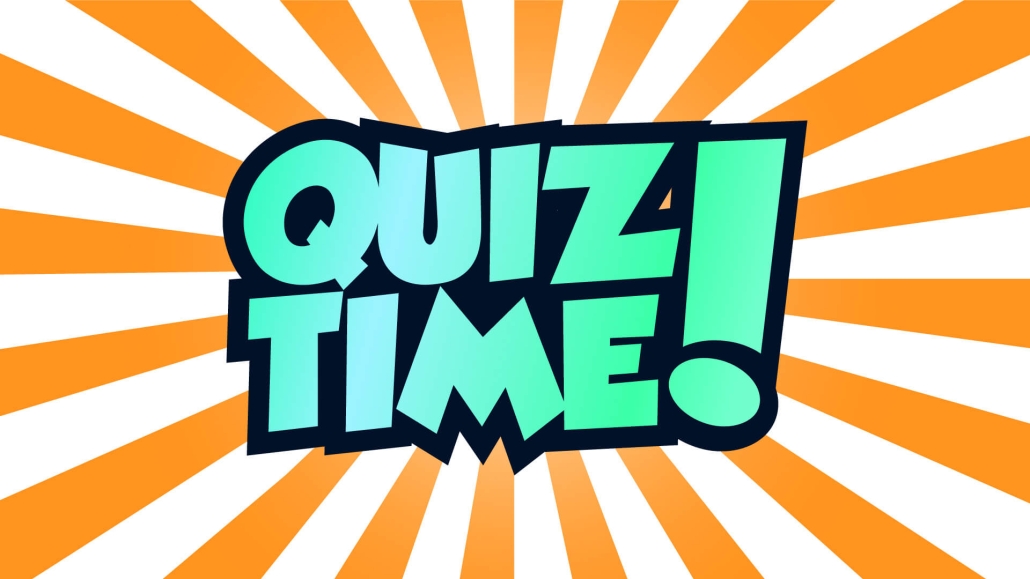The Unseen Harms of AI: Exploring the Consequences of Bias and Inequality in Artificial Intelligence

AI researcher Timnit Gebru’s exploration into artificial intelligence (AI) wasn’t planned. Originating from an electrical engineering background, Gebru’s interest in AI was sparked by her realization of the inherent biases in its development. “There were no Black people,” she recalls on her early encounters with the predominantly white male AI community, underlining a significant diversity […]
کوئیز هوش مصنوعی

UQuiz سایت کوییز هوش مصنوعی Test your AI knowledge with our engaging AI quiz! Challenge yourself with questions on machine learning, neural networks, and the latest breakthroughs in artificial intelligence. Put your skills to the test and see how well you fare in this exciting AI quiz. Sharpen your mind and expand your understanding of […]
🔎💡 درک شبکه های عصبی کانولوشن (CNN) در طبقه بندی تصاویر 🖼️🤖

سلام بر دوستداران هوش مصنوعی! امروز با هم، جادوی پشت طبقهبندی تصاویر را با استفاده از شبکههای عصبی کانولوشنال (CNN) !کشف می کنیم. CNN ها، به عنوان زیرمجموعه ای از یادگیری عمیق، به طور خاص برای پردازش داده های پیکسلی طراحی شده اند و در زمینه بینایی کامپیوتر بسیار مفید بوده اند. برای طبقه بندی […]

